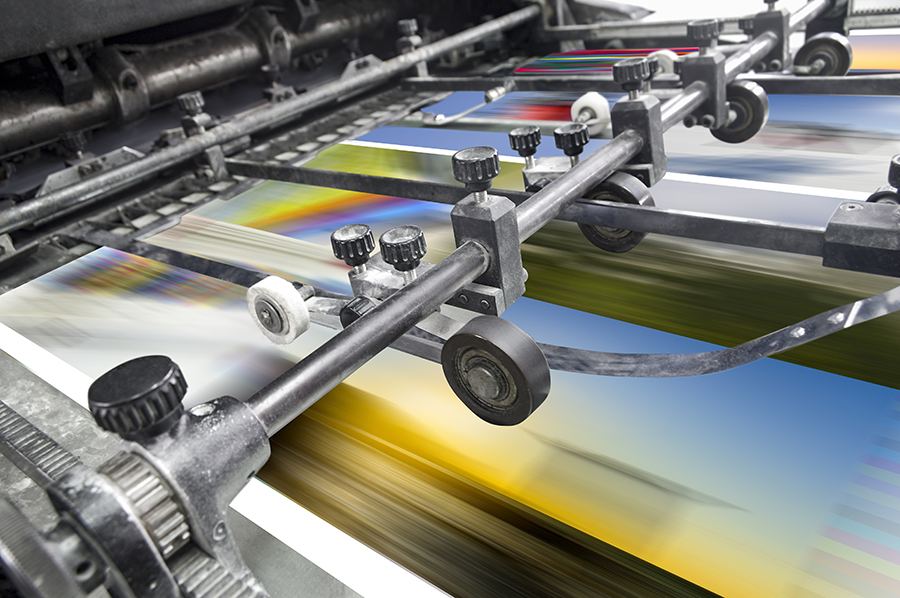When it comes to printing your book, you have two choices: offset printing (aka commercial printing) and print-on-demand (POD printing). Years back, only commercial printing was available, and it required large print runs to be cost effective. With today’s technology, it’s possible to print as few as one or two books that are of the same or similar quality to the average book. Here are some pros and cons to consider:
Commercial Printing
- Best quality
- Higher volume
- More paper weight, color, and finish (matte/glossy) options
- Troubleshooting of files
- High monetary outlay (unless undertaken by a publisher)
- Work with print reps and production staff
- Lowest per-volume price
- Shipping and warehouse storage costs (storing books in your garage is not a good idea)
Print on Demand (POD)
- Comparable quality
- Any volume
- You fix the problems
- Minimal monetary outlay
- You’re the direct link to the source
- Higher per-book cost
Process
- Collecting files—cover and interior, creating hi-res PDFs
- Uploading files to printer—POD interface, printer’s website or print portal
- Troubleshooting electronic issues—technical, done by printer and/or production personnel
- Reviewing printer’s proofs of interior
- Review of full color cover proof
- Making any necessary changes and uploading new files
These days, most independent authors choose POD printing. It’s easier on the pocket and saves space and hassle. You can also do both. For instance, if you have an order of 500 or more books, speak to a commercial printer about fulfilling that order at a lower per-unit cost than your POD book, and let your POD book take care of online book sales.

Recent Comments